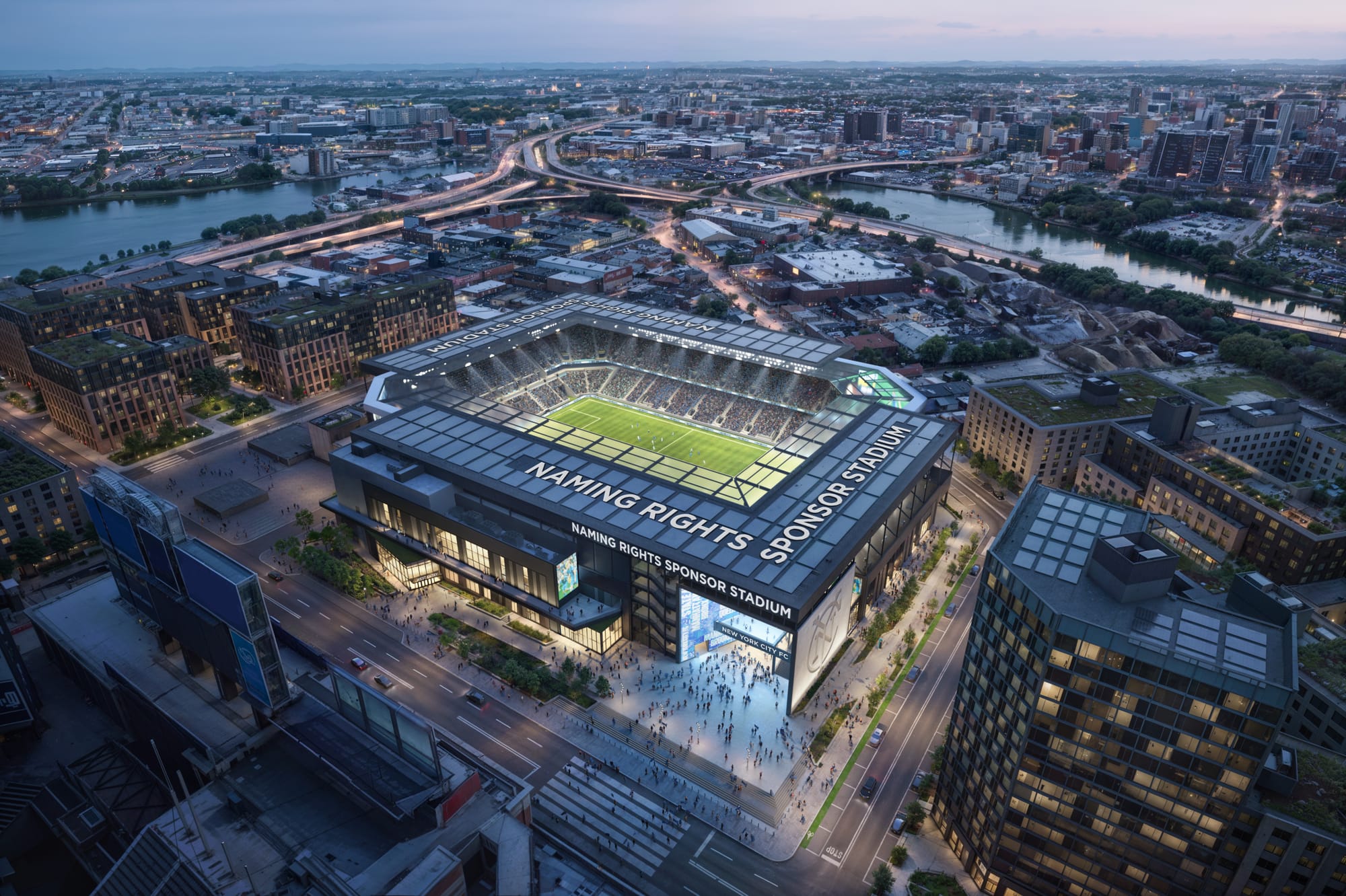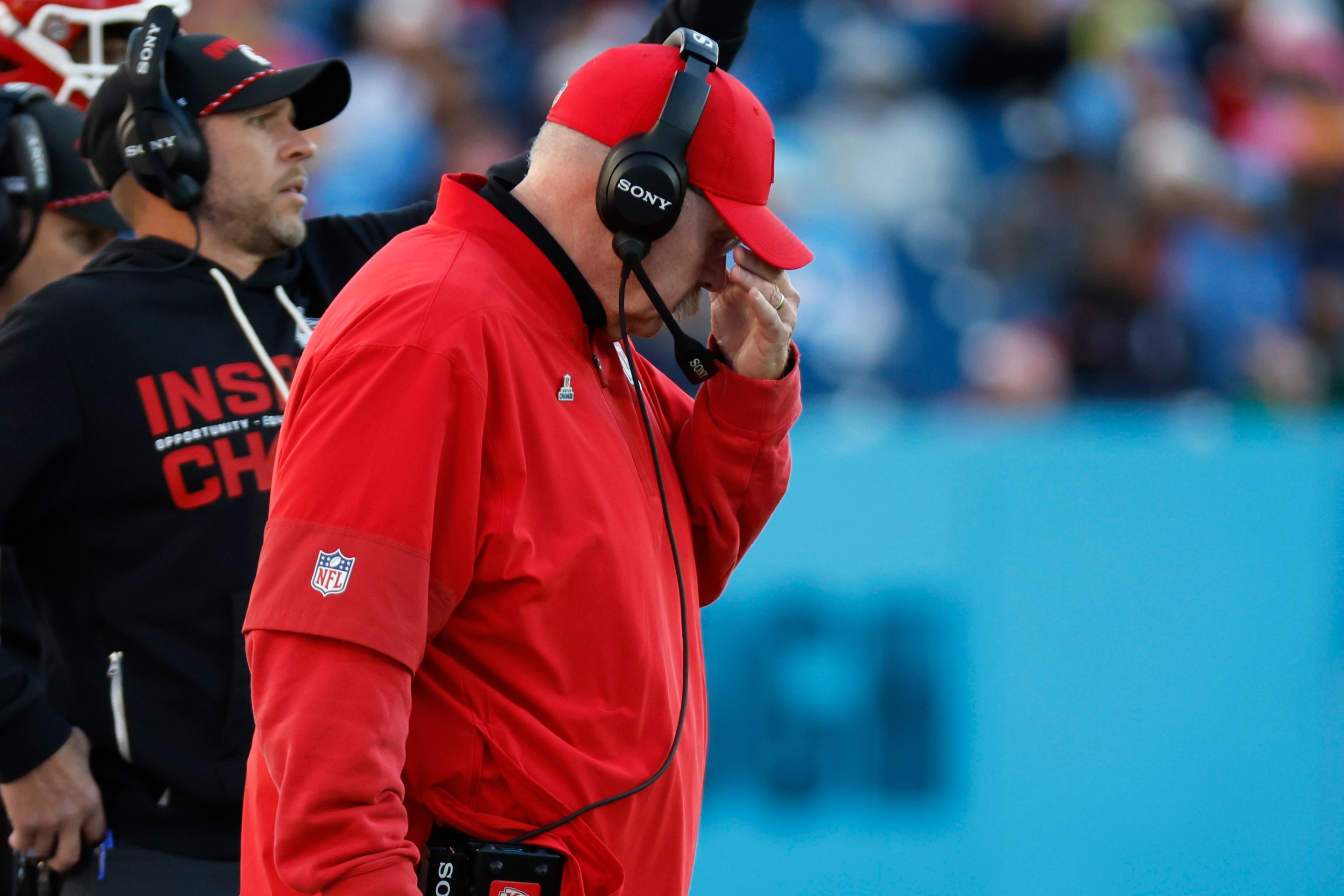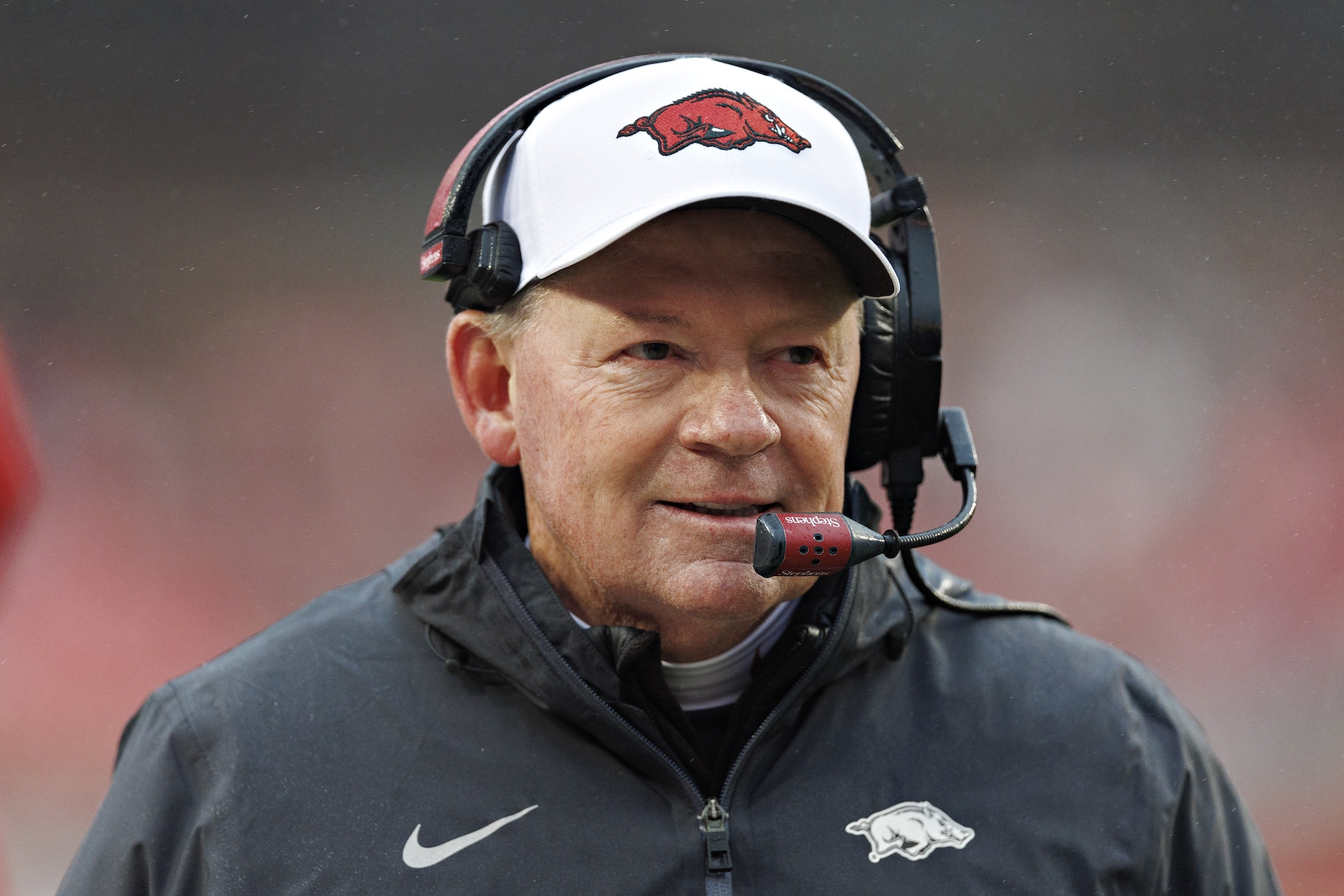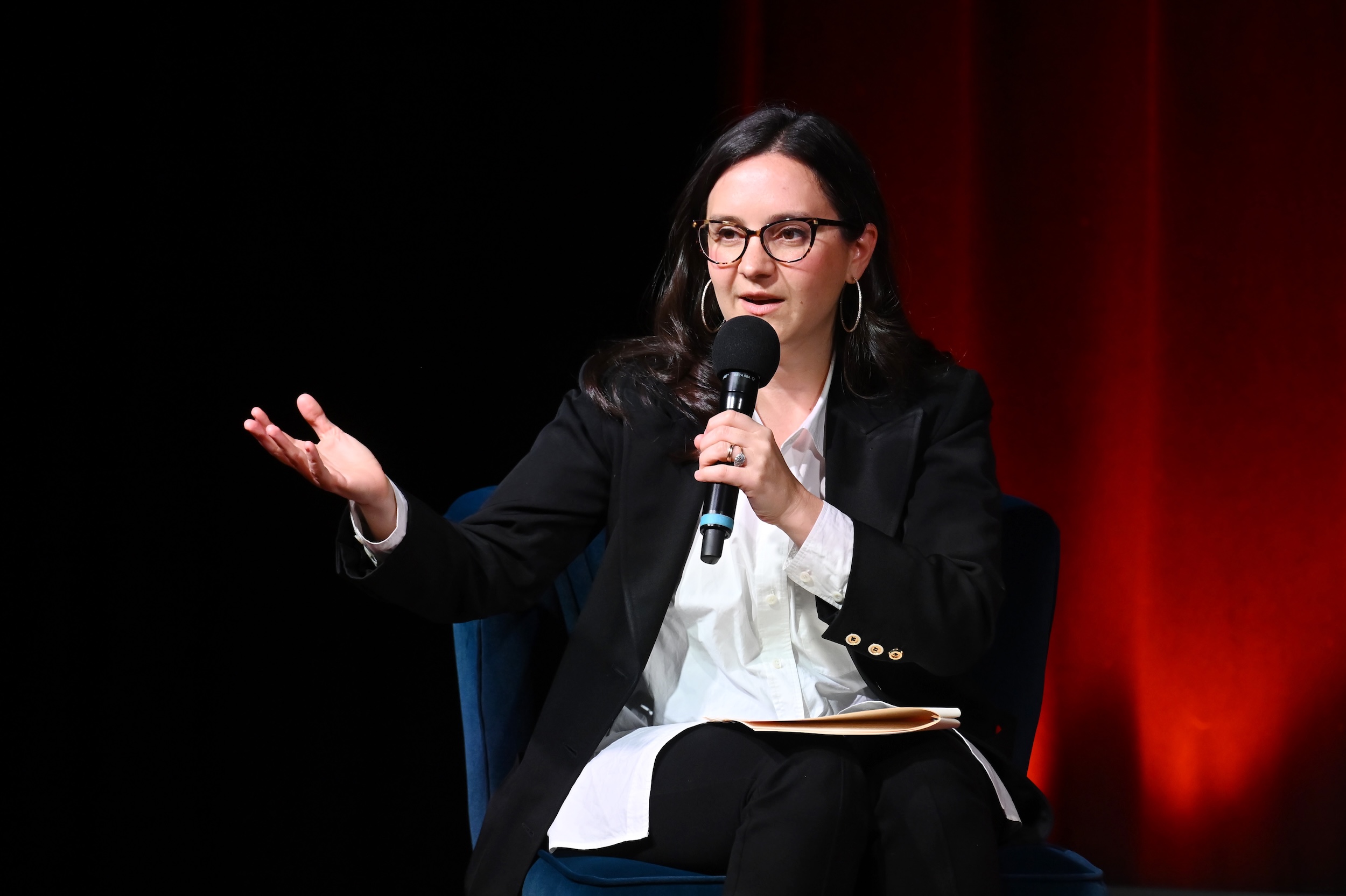This article was originally published on Hell Gate on July 18. If you like it, we encourage you to visit their site and subscribe, starting right now at just 99 cents.
On February 21, Queens City Councilmembers Robert Holden and Vickie Paladino sent a letter to the New York City Independent Budget Office about the proposed New York City FC soccer stadium in Willets Point, which was one piece of the second redevelopment plan for the industrial neighborhood then hurtling through the City's land-use process.
The Queens duo requested the IBO's expertise in answering a series of questions about the redevelopment project, including: Would the City get enough revenue to make up for the 49-year tax exemption that would be extended to the team's owners, the New York Yankees, and Sheikh Mansour bin Zayed Al Nahyan, a member of the Abu Dhabi royal family as well as the United Arab Emirates's deputy prime minister? How much would the City be on the hook for land costs and infrastructure? Was the proposed rent for the soccer stadium, which was set to scale gradually up from $5,000 a year to $4 million over the next five decades, a sweetheart deal?
Seven weeks later, the IBO was still crunching the numbers when the council voted 47-1 to approve the Willets Point stadium, as part of Phase II of the redevelopment of the neighborhood. Both Holden and Paladino voted "yes."
The complete redevelopment of Willets Point has been in the works for more than a decade, though the soccer piece was only added in late 2022. In addition to providing the Major League Soccer club, which has been shacking up with the Yankees in the Bronx since its debut in 2015, with a home designed for soccer and not baseball, the site's developers, Stephen Ross's Related Companies and Fred Wilpon's Sterling Equities, will build a 250-room hotel plus 1,400 units of affordable housing. (The New York City Economic Development Corporation told Hell Gate that the housing is "expected to break ground in phases by 2027," something that might concern those who recall the multiple missed deadlines for the much-delayed housing elements of Brooklyn's Atlantic Yards project.) When added to the already-underway Phase I of the Willets Point redevelopment, this will bring the total number of planned new apartments to 2,300—though some locals have complained that the initial promise by then-Mayor Michael Bloomberg back in 2008 was more than double that number.
Yet more than a year and a half since Mayor Eric Adams stood in front of signage reading "Housing Is the Goal"—with one "O" a soccer ball—to announce the new Willets Point deal, the question of how much the soccer stadium deal will cost taxpayers is still in dispute, to put it mildly.
The EDC, which crafted the deal, continues to insist that the total City expense, including tax expenditures, on the NYCFC soccer stadium amounts to zero dollars. But in 2023, the IBO, in response to a data request from the New York Times, estimated that the property tax exemption alone, which comes with the stadium being built on City-owned land, could actually cost taxpayers $516 million. And that's without accounting for the public costs of installing sewer lines and other utility infrastructure in the area for the first time ($200 million or more, according to a 2022 estimate by Deputy Mayor Maria Torres-Springer that City Hall has never confirmed), or of handing over a parcel of land initially cleared for housing to the site's developers for a nominal rent and with no negotiated payments in lieu of taxes, or PILOTs, to make up for the loss.
"You can't say that the City's not giving up anything," said George Sweeting, who was acting director of the IBO at the time of its 2023 report and is now a senior fellow at the Center for NYC Affairs at the New School. Even if the land is currently City-owned and not generating property taxes, he said, there's no reason it couldn't have been handed over to a private owner who would pay taxes. Plus, there's the matter of the City having taken that land off the tax rolls in the first place, by clearing Willets Point of the chop shops and other light industrial businesses that had been there for decades. "How much tax revenue was lost by the City basically doing the site assembly for the soccer stadium and the broader development?" Sweeting asked.
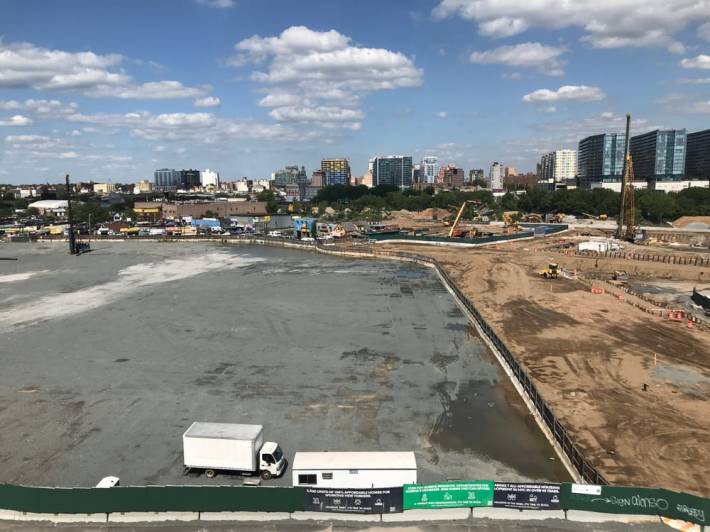
While this is far from the first such deal approved for New York sports teams, "the public had a much better idea of the size of the humongous taxpayer subsidies to Yankee Stadium, Citi Field and the Buffalo Bills' stadium than the NYCFC Willets Point soccer stadium," said John Kaehny, executive director of the government accountability group Reinvent Albany. "There is no way in hell the council really knows how much taxpayers are shelling out in the form of forgone tax revenue and direct infrastructure spending—because probably nobody but the developers know."
If the notion of a nine-figure development deal getting all the way through the approval process without anyone knowing for sure who will pay what for what—or if there were better options—seems concerning, it’s not that there wasn't plenty of time to ask questions. In fact, any number of people could have raised red flags about the project, if only they had shown an interest in doing so.
The Politicians
Typically the first line of defense on a major development project is the local councilmember—or failing that, the councilmember for the district next door. That was the case in the fight over the new Yankee Stadium, where Bronx Councilmember Helen Diane Foster was vocal in raising objections to displacing a public park across the street from her district; around the same time, opposing the Brooklyn Nets' Atlantic Yards arena project became the inaugural crusade for then-rookie Councilmember Letitia James.
Since 2018, Willets Point has been represented by Councilmember Francisco Moya, who is a soccer obsessive. His office is decorated with soccer trophies and framed jerseys; when he first ran for state assembly, he declared that his backup career goal was "midfielder for Barcelona SC." As a state assemblymember when the Yankees and Sheikh Mansour summoned NYCFC into existence in 2013, he bet then-Bronx Borough President Ruben Diaz Jr. a plate of empanadas that he could land the team a stadium in Queens.
With both Mayor Adams and Moya fully on board, other councilmembers largely sat on their hands as the stadium project moved through the ULURP land-use approval process in late 2023 and into this year. When Moya presented the stadium plan for a council vote on April 11—asking his fellow councilmembers to "picture a little boy in Flushing Meadows, Corona Park learning to play soccer with his father, a game that serves as a link to the life in a faraway country that his father left behind to make Queens his home"—his colleagues largely stayed silent. The only "no" vote ended up coming from Shekar Krishnan of Jackson Heights, who objected that the stadium was costing too much in tax breaks and discounted rent and would take up space that could be used for affordable housing: "A stadium on public land, subsidized by hundreds of millions in public funds, is not a good deal."
The rest of the decisive council hearing was mostly free of opinions on the deal itself, leaving time for much good-natured ribbing. Republican Councilmember Joseph Borelli of Staten Island teased Moya that as his former State Assembly soccer teammate, "I can tell you bluntly that it wasn’t the lack of a stadium that kept you out of the pros." Holden did not speak; Paladino, Holden's co-author on the letter to the IBO, posed only one question: "What does it feel like, Francisco, to lasso a dream? Because that's what you did today, you lassoed a dream. And I couldn't be more proud of you."
Hell Gate reached out to Moya, Holden, Paladino, Krishnan, and the council's Progressive Caucus for comment on the stadium project. None replied.
The Community Board
While the City Council has the final say, the first step in the ULURP process is a vote of the local community board, which is only advisory but can provide an early sounding board for key questions.
Cody Herrmann, who has served on Queens Community Board 7 since 2021, said she tried raising questions during budget meetings over the initial year that the project was under consideration, but board co-chairs Eugene Kelty and Chuck Apelian shut her down. "They were like, 'You're asking too many questions, we can't give you any more time,'" she recalled. "There was basically no discussion."
Chuck Apelian, the CB7 co-chair, doesn't dispute this. But, he said, financial questions in particular were outside the board's role. "We didn't get into the financing," he said. "We were told certain parts of it, but as far as how the deal was structured, all the moving parts, we didn't look into it." That, he noted, was up to the City's Economic Development Corporation and other City agencies. (Kelty did not respond to a request for comment.)
"One of the complaints at the end was, Oh my god, how come they're not paying a PILOT fee," Apelian recalled. "And my answer is these terms, since 2009, have changed so many different times, with so many different administrations, we're not going to sit here and cherry-pick one item."
There was, however, one item that CB7 did push back hard on: securing the Adams administration's promise to consider a new police precinct for Flushing and College Point, across Flushing Creek from Willets Point. (Herrmann said that "in Bayside the response times are honestly really fucking bad—if we want to live in a world where cops exist, the cops can't get there.") This soon became the single trade-off that board leaders demanded in exchange for its sign-off on the stadium.
"I will urge this board, Community Board 7, to support a proper development of the Willets Point expansion including the soccer stadium," said Apelian at a board meeting on February 8, 2023. "But it must include the creation of a new police precinct."
More than a year later, Apelian takes pride in this quid pro quo, though the Adams administration's only firm commitment to date has been to say it will "conduct an assessment" of the need for a new precinct. "We made it clear: We need a precinct, we need a precinct, we need a precinct," said Apelian. "I said, 'I am not going to lead my team to vote 'yes' if you do not take care of the rank and file of this community.' It's not many times you get an opportunity, and it's not many times people listen. So we were at the point where the squeaky wheel got the oil." The Mayor's Office did not respond to a request for comment on plans for the new police precinct.
Queens Residents And Business Owners
Anyone who's been in New York for more than a decade can likely recall the saga of Freddy's Bar and of Daniel Goldstein, who lived in an otherwise-vacated building for seven years as the last holdout against eviction for the Brooklyn Nets' arena. For Willets Point, though, any of these attention-getting battles were a decade in the past by the time the stadium was officially proposed.
The soccer stadium is only the latest in a long series of redevelopment plans for Willets Point, which for decades was the target of both developers and City officials who saw its "Iron Triangle" of light industrial businesses as a tantalizing opportunity. The initial spark, said Robert Loscalzo, a Whitestone media producer who has been documenting the Willets Point battle on video for almost two decades, came with the 2005 Supreme Court decision in Kelo v. New London, which ruled that local governments could use their powers of eminent domain to seize private property even for private uses, so long as there was some "public purpose," even if this purpose is only the vaguest hope of economic development. (In the case of New London, the beneficiary was Pfizer, which demolished dozens of homes only to pull up stakes and move out of town a few years later.)
"I think that court decision was a comfort factor for the Bloomberg administration," said Loscalzo. "They looked at it and said, 'Well, that's a guarantee we're on firm legal footing.'"
The subsequent battle over Willets Point saw vehement protests by many of the businesses on the site, who had been scraping by for years without such niceties as sewer hookups or garbage pickup in a neighborhood just one step removed from being swampland. Arturo Olaya, who has run an auto repair business in Willets Point for about 30 years, said he and his Willets Point Defense Committee staged at least a dozen protests in 2007 and 2008, only to see the City use the threat of eminent domain to pressure his neighbors into taking buyouts.
"One day, Michael Bloomberg and [former New York State Senator] Hiram Monserrate make a deal [to] relocate 254 businesses," said Olaya. "They come with helicopters, inspectors, and police, and they close everything. Sometimes they bring immigration—they harass these people for many years."
This meant that by the time the soccer stadium plan arrived, there were a dwindling handful of business owners left to raise objections about the City taking land from one set of private owners and handing it over to another.
"The City could have chosen to support Willets Point as an industrial business zone," said Loscalzo. Instead, he said, Queens officials, particularly then-Borough President Claire Shulman, largely saw the area as an obstacle to their vision of a seamless stretch of neighborhoods running from Corona to Flushing.
At the same time, no Queens community groups stepped up to take on the stadium as a cause worth investigating. Several local nonprofits formed the Flushing For Equitable Development and Urban Planning coalition, or FED-UP, to fight Steve Cohen's ongoing casino plans. But that left little time and energy to tackle the stadium plans as well.
"When push comes to shove, there are not enough people who want the affordable housing to be maximized, who are even aware that a ULURP was happening that would affect that, and who would be in a position to protest against the plan that was presented," said Loscalzo. "I just think there's not an organized collection of groups that was even looking at that."
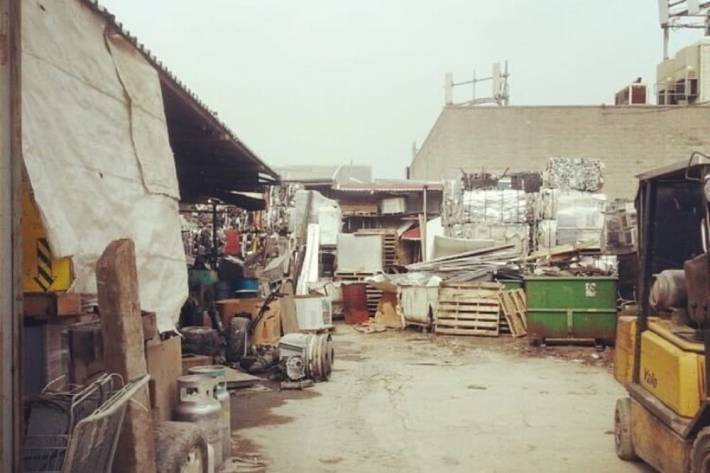
The April vote was the City Council's last official chance to influence the Willets Point stadium project. The final shoe dropped in May, when the Queens Borough Board, an oversight body made up of the borough president and the borough's councilmembers and community board presidents, quietly approved the team's land lease—with that 50-year rent deal.The IBO report is still slated to be completed later this year; Hell Gate asked several councilmembers what they planned to do if the numbers look bad, but received only crickets in reply.
While Apelian said the decision to move ahead with the project is about not making the perfect the enemy of the good—"It's the price of success, at the end of the day"—Loscalzo sees the stadium's fast track as the result of a planning process that has now dragged out almost two decades since Bloomberg first declared his intent to save Willets Point from "a century of blight and neglect."
"There's a changeover of administrations, there's a changeover of elected officials, there's a changeover of people at the community board," Loscalzo said. "Nobody is in a position to even remember what was promised. And nobody's inclined to look at paperwork from 15 years ago to look at what the promises were."
"The people that still have land and property in Willets Point, they've been fighting this for 15 years," said CB7's Herrmann, and at this point are "so jaded" that it's hard for them to muster much opposition.
"It's one of my life's regrets," she said of the failed attempts to raise more questions about the deal. "It's so sad that the shit slipped through everybody's fingers."
This article was originally published on Hell Gate on July 18. If you like it, we encourage you to visit their site and subscribe, starting right now at just 99 cents.
